Historical Markers # 1164 “Franklin County Hemp” & # 103 Leestown

Historical Market #1164
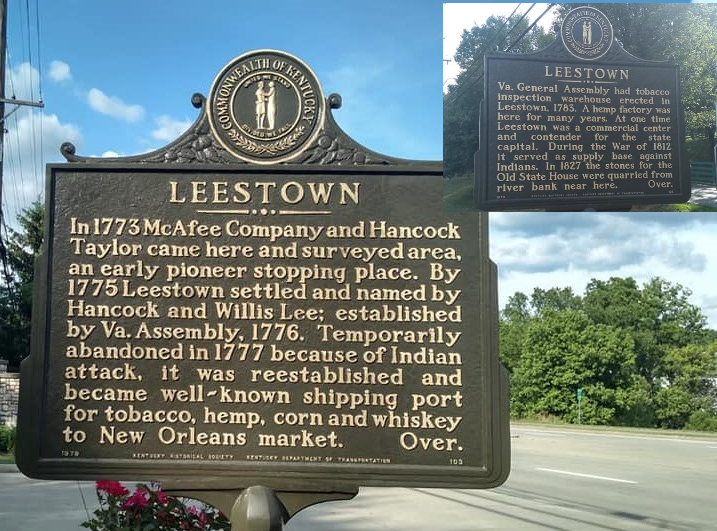
Leestown Marker at Buffalo Trace Distillery
Locations:
“Leestown” Marker #103 is located at 113 Great Buffalo Trace, Frankfort, KY (Entrance to the Buffalo Trace Distillery off Wilkinson Blvd.)
“Franklin County Hemp” Marker #1164 is located at 421 Wilkinson Blvd Frankfort, KY (The Parking Lot of Jim’s Seafood)
Marker Text:
# 103 Leestown:
“In 1773 McAfee Company and Hancock Taylor came here and surveyed area, an early pioneer stopping place. By 1775 Leestown settled and named by Hancock and Willis Lee; established by Va. Assembly, 1776. Temporarily abandoned in 1777 because of Indian attack, it was reestablished and became well-known shipping port for tobacco, hemp, corn and whiskey to New Orleans market” (over)
(Reverse) “Leestown: Va. General Assembly had tobacco inspection warehouse erected in Leestown, 1783. A hemp factory was here for many years. At one time Leestown was a commercial center and contender for the state capital. During the War of 1812 it served as supply base against Indians. In 1827 the stones for the Old State House were quarried from river bank near here. “
Leestown Hempstory:
Today the Buffalo Trace Distillery sits where Leestown once stood. Buildings dating back to 1792 are preserved at the site. Distilling started to dominate the area starting in the early 1800’s.
# 1164 Franklin County Hemp:
“Kentucky River Mills began making hemp yarns for backs of Brussels carpets in 1878, and started producing binder twine in 1879. Finest quality imported machinery used. Employed 125 persons year round. In 1941, received contract from Navy for $148,500 worth of marine oakum*. This was the last hemp factory to operate in Kentucky, closing down in 1952.”
*Oakum is a product made of hemp hurd and tar used in ship caulking.
Kentucky River Mills Hempstory:
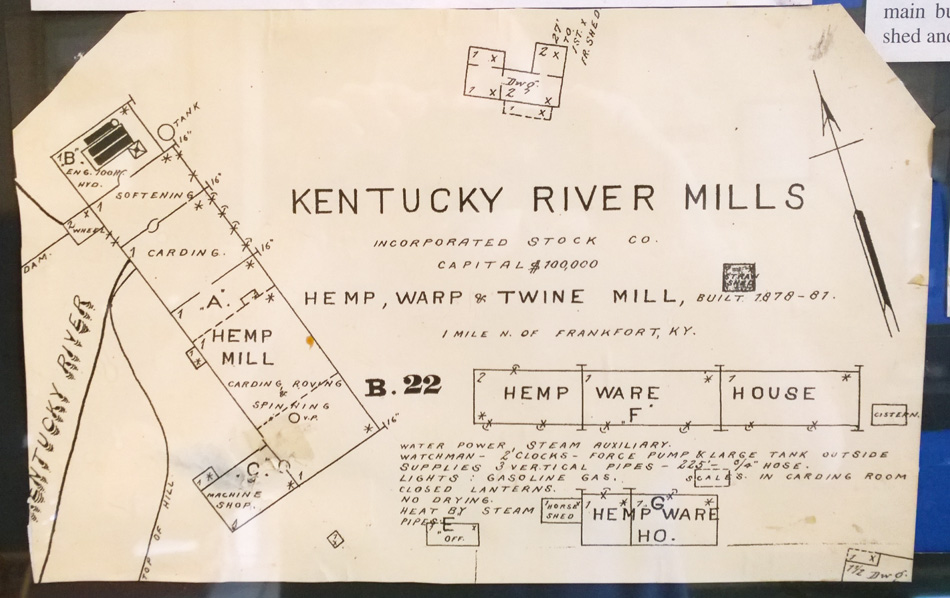
Kentucky River Mills was the last operating hemp mill in Kentucky. When it originally opened in 1878 the business plan was to be a domestic source for backings to rug manufacturers. However, rug manufacturers in the East still found imported hemp more economical. The company pivoted, manufacturing twine. The introduction of automated baling equipment created a market for hemp based binder twine.
One of the principals in the original company was a local physician, Dr. Nathanial Sawyier. The family lived comfortably so Dr. Sawyier sometimes indulged his children. One of those indulgences was providing his children with art lessons. For one of his children, Paul the lessons certainly ignited a talent and passion. Paul Sawyier built upon these early lessons to become Kentucky’s best known artist.
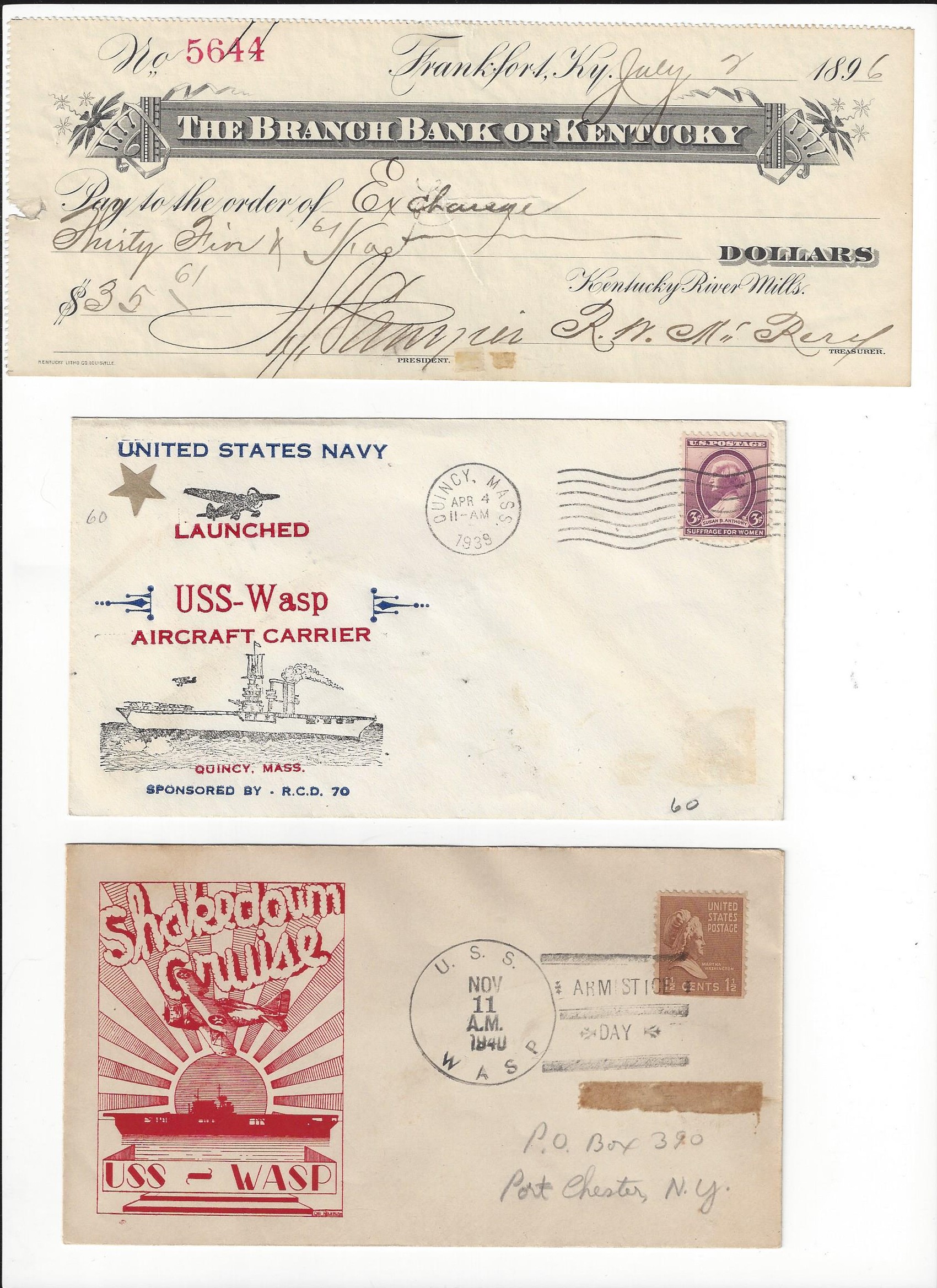
Another product manufactured by Kentucky River Mills was marine oakum. Even before the large order received in 1941, Kentucky River Mills supplied oakum to the navy. In 1940, the US navy commissioned the aircraft carrier USS Wasp CV-7. Restricted in size by treaty, the Wasp was assigned to the Atlantic Ocean. In early 1942 she played a key role in reinforcing the British garrison at Malta. Transferred to the Pacific theater after the Battle of Midway, Wasp would be the ONLY aircraft carrier to serve in both theater of operations. She was sunk in the Solomon Islands in the South Pacific in September 1942.
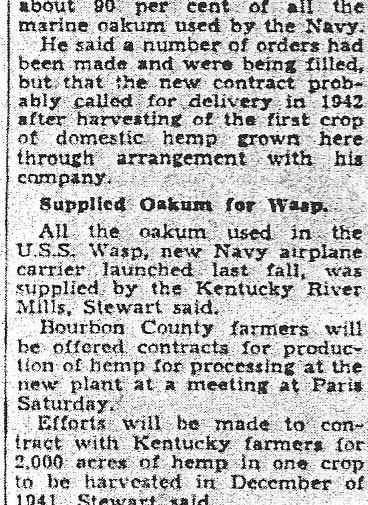
Today, Jim’s Seafood restaurant sits on the foundation of the old Kentucky River Mills hemp factory. There is an informative display about Kentucky River Mills in the waiting area and the dining room offers a scenic view of the Kentucky River.
Other Points of Interest:
First of all, if you want to experience the full state narrative visit the Thomas D. Clark Center for Kentucky History . Featuring exhibits and artifacts from across the Commonwealth, the museum also explores Kentucky hemp history. The library at the facility includes any surviving business records for Kentucky River Mills. These records include correspondence and payroll data for a young Paul Sawyier travelling the Midwest selling twine.
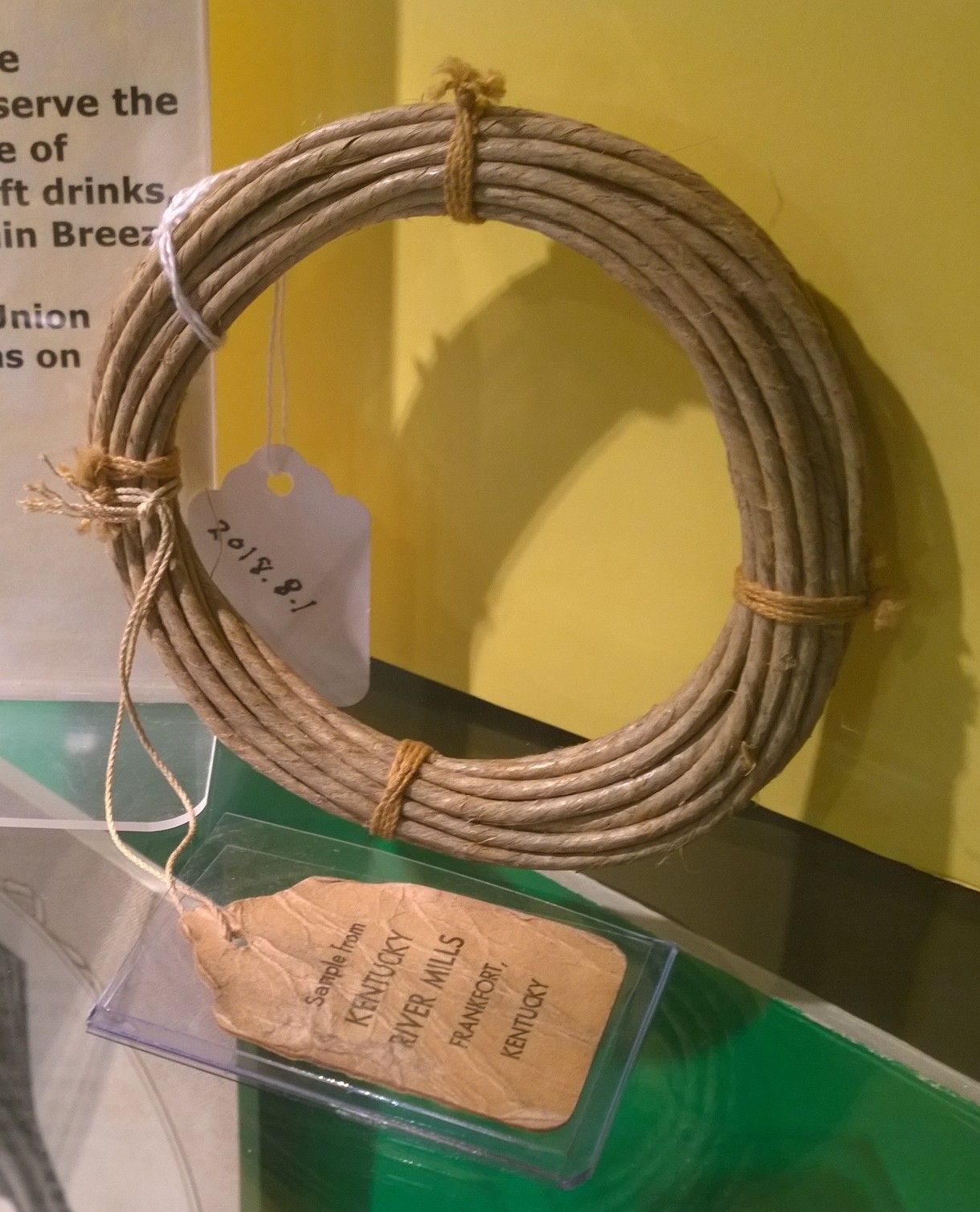
In contrast, the Capital City Museum focuses on Frankfort’s historical narrative. Their exhibit includes several hemp related artifacts focused on processing and handling. It also includes a sample of Kentucky River Mills binder twine. (above)
Grab a Bite:
Finally, if you’re interested in hemp history, you want to check out Jim’s Seafood . The restaurant built on the foundations of the Kentucky River Mills building displays several artifacts.
